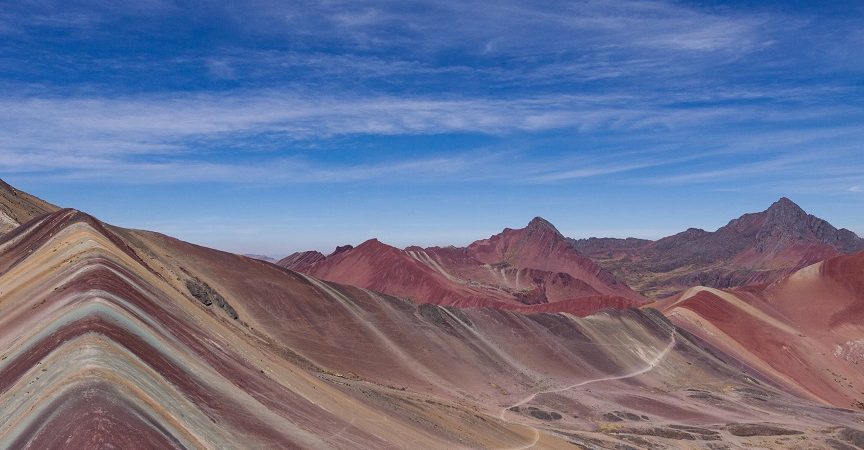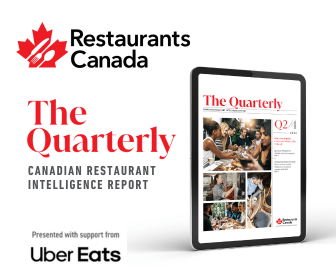A Deep Dive into the Biodiversity of Peru’s Gastronomy
This article is written by Sinead Mulhern in collaboration with Jorge Munoz
Peru should be on any foodie’s travel bucket list – travellers need to pack an empty stomach, healthy appetite and adventurous taste buds. To travel to South America’s third-largest nation is to venture along a trail of taste where each region’s traditional dishes differ largely from the last. Peru is located on the central western coast of South America. With an area of 1,285,216 square kilometers, Peru is the 20th largest country in the world but what’s more remarkable is how its geographical regions are so full of contrasts. The territory is divided north to south by the Andean mountain range—a terrifyingly tall row of mountains with toothy peaks that bite into the Peruvian sky and snow-capped mountains whose tips remain frozen like a chunky ice cube floating atop Peru’s iconic pisco sour.
By lunchtime (Peru’s main meal), the sun heats the dreamlike landscapes around the country. By happy hour, temperatures in the Andes drop to below zero. It’s these climatic and geographical peculiarities that make Peru one of the most diverse places in the world. It has 84 of 103 ecosystems and is considered the fifth most biodiverse spot in the world.
As one can imagine, with its superfood-rich crops, wealth of produce, rich ancestry and mosaic of cultures, restaurants in this South American country are serving up entrees, appetizers and drinks with unbeatable flavours. Peru’s cuisine is steeped in history. Some of Peru’s favourite products have pre-Hispanic or Incan roots and have even been staples for 5,000 years. Migration of Japanese, Chinese, Europeans and Africans introduced new tastes to the country and greatly influenced dinner tables across nationwide. The presence of Peru’s many Chifa restaurants highlights the Chinese influence due to mid-19th and early 20th-century migration from these Asian countries to Peru. Japan’s impact is experienced through the number of fusion dishes that feature fresh seafood.
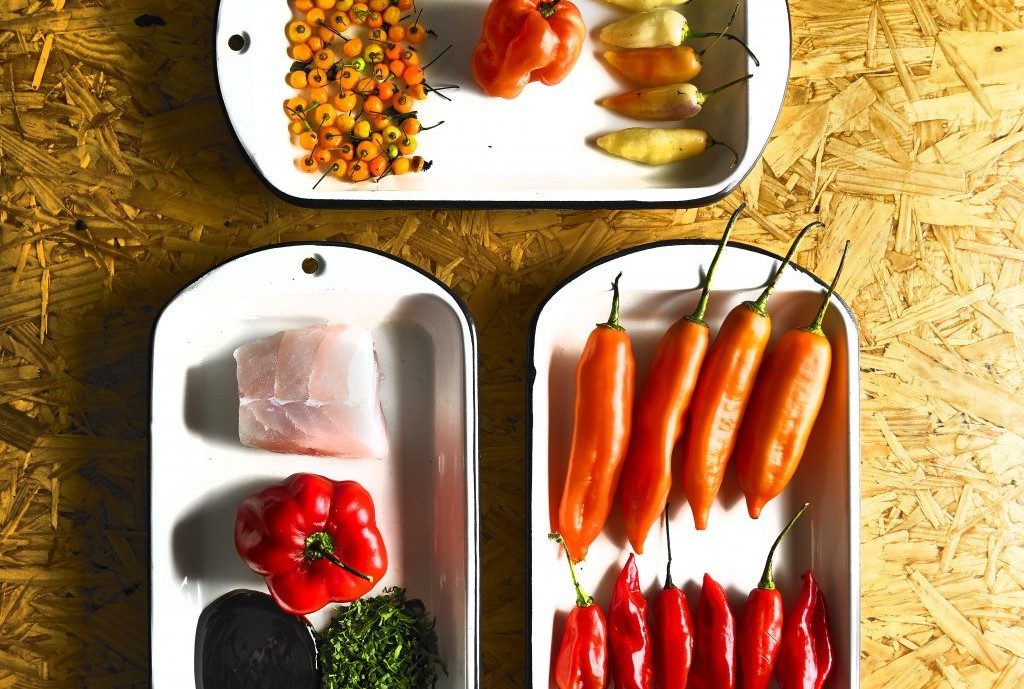
Due to its versatile gastronomy, Peru has gained culinary clout worldwide. It’s why foreign restaurateurs invest in local cuisine, opening Peruvian restaurants and franchises all around the globe. New York’s Llama San, for example, has received accolades from The New York Times and within Peru, Astrid + Gaston and Maido regularly snatch up World Travel Awards spots.
To add bragging points for the country, its cuisine has also been recognized by the “World Travel Awards” as having the World’s Best Culinary Destination for eight consecutive years in a row. In 2011, Peruvian cooking won the Cultural Patrimony of the Americas award by the Organization of American States. Likewise, trendy Peruvian restaurants in Lima (Peru’s culinary capital) regularly place on rankings like “The World’s 50 Best Restaurants,” “Latin America’s 50 Best Restaurants, and “The World’s 50 Best.”
That can likely be attributed to the merit and creativity of Peruvian chefs who have introduced new techniques, textures and flavours, and even elevated street food so that a roadside meal can be gourmet. And the good news for Canadians whose mouths water at mention of Peru’s coffee, chocolate, hearty soups, fresh ceviches, and crisp pisco? It’s all possible to recreate and even fuse with flavours of the great white north. Peruvian cuisine sets the bar high with its interesting fusions, rich flavours, hearty Andean stews, and fresh seafood. But even though the standard is as high as Huascarán’s summit, that’s ok: the dishes are easy to recreate. And in a moment when travel is still very much shutdown, our taste buds might be one of the only ways to globetrot to places as enticing as Peru.
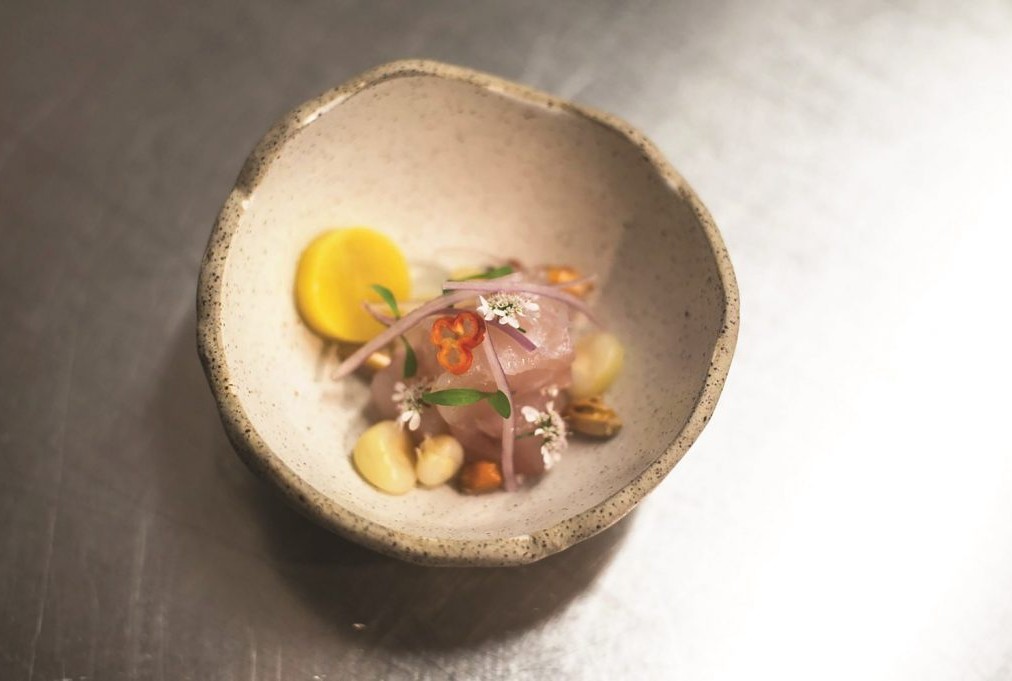
Canadian chefs might as well capitalize on this trendy South American cuisine that has already been making headlines worldwide. And why not start with its most famous dish: ceviche. One of the dishes that carries the most national pride is Peruvian ceviche. This is a perfect mixture of seafood, lime, salt, and chili peppers. A bite into a well-put-together plate of ceviche should taste fresh like the ocean, zesty like Peruvian limes, spicy like the chili peppers that grow in both the Amazon and regions to the north with a strong hint of Peru’s Japanese history.
In Canada, this plate can be recreated so easily so that guests of a restaurant can feel transported to this South American gem with just one bite. In re-creating something like a tuna ceviche, a Canadian chef has to glide the knife through the fish creating thin pieces of sashimi. They will then place the sashimi on top of a bed of leche de tigre—a fiery blend of lime juice, salt, and chiles.
From there, a classic ceviche is usually topped with coriander, parsley, onions, aji, red peppers, and sometimes avocado. Garnish with olive oil or extra chiles for an added spice. To up the ante, for a different variation, the chef could blend mayo and olives into the leche de tigre for a creamier base. Add to that bed pieces of carefully sliced octopus and the artfully arranged combo of parsley, coriander, onions and chilis and you’re giving a Canadian a quick escape to the Peruvian coast.
“The freshness and well-balanced combinations of ingredients makes Peruvian ceviche very attractive to any palate,” says Peru Embassy’s Juan Pablo Guerrero. He adds that Canadians can take advantage of local ingredients like cilantro, fresh white fish and even sweet potato in their creations.

In terms of ingredients to import straight from Peru, he recommends aji limo, Peruvian corn, or, of course, seafood. That’s not the only way that a Canadian chef can add a Peruvian spin to their menu. Consider one of Peru’s internationally-known spirits: pisco.
There are eight grapes that produce pisco, coupled with Peru’s warm climate and fertile soils, the result is an alcoholic beverage that is quintessentially Peruvian. (To get the full history of pisco and mixology classes, visit Restaurant Canada’s virtual show.) A flavour so uniquely Peruvian happens to blend well in a cocktail glass with an ingredient that’s iconically Canadian: pure maple syrup.
The boozy lovechild of Canada and Peru is the salted maple pisco sour. That’s one part maple syrup, one part lime juice, one part acholado pisco and one part torontel pisco. Add a chunky ice cube, give it a good shake and you have in a margarita glass a flavour that has taken Peru’s trail of taste on a distinct detour north. To add another Peruvian-Canadian cocktail to the menu, take your classic chilcano (pisco, lime juice, ice, and ginger) and mix it with Canada’s favourite carbonated beverage: Canada Dry. A sip of either of these thirst quenchers is proof that, though many borders exist between them, as far as blending flavours goes, Canada and Peru were meant to be together.
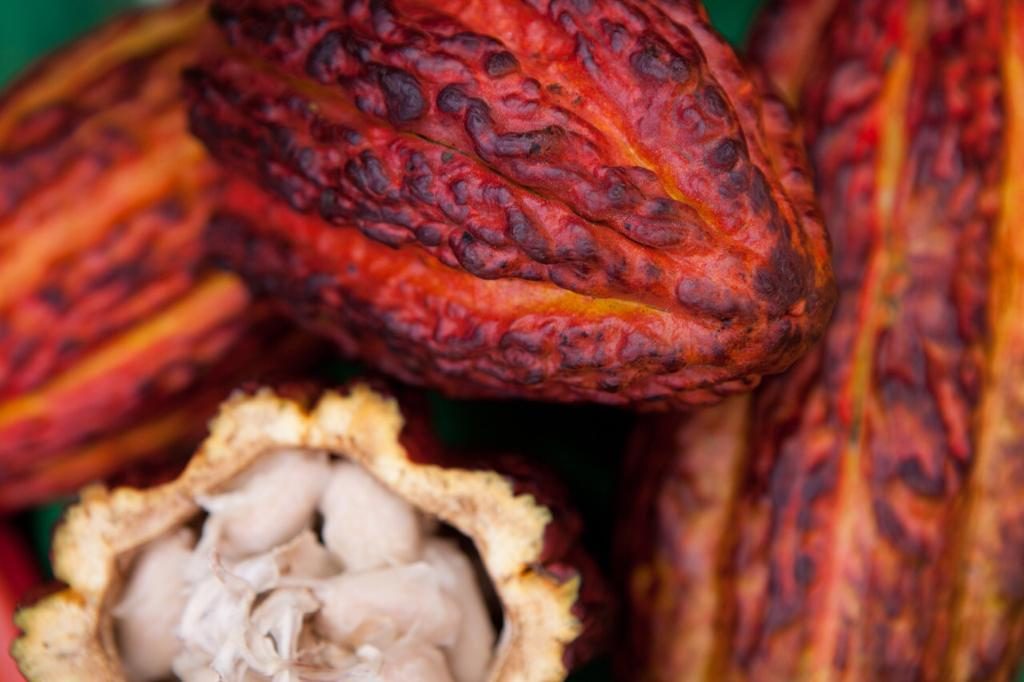
Peru is of course, world-renowned for both its coffee and chocolate. (The chocolate comes all the way from the Amazon, which accounts for 60% of Peru’s territory.) Each is a relatively simple Peruvian ingredient to add interest to a Canadian menu. And despite its simplicity, both of these Peruvian products are ones that Canadians go wild for.
What makes Peru so special in terms of producing these two mouth-watering, addictive ingredients? “The richness of its land and microclimates is what makes Peru the perfect place to grow coffee and chocolate,” says Guerrero. In terms of including these on a Canadian menu (you know, apart from just serving a steaming hot cup of coffee with a square of dark chocolate) it’s a sweet tooth’s game.
Anything from a freshly-baked chocolate cake with a hint of coffee to chocolate truffles to mousse tiramisu to even chocolate ice cream with liqueur coffee will add a touch of Peruvian decadence to an otherwise Canadian menu.
Peruvian gastronomy has exploded around the world, and rightly so: it’s a cuisine that offers such impeccable flavour-pairings and creative concoctions. The popularity of Peruvian food is an opportunity not just for young chefs from the South American nation, but also Canadian chefs who, in a time of locked-down borders and postponed travel, desire to bring international flavours to taste buds at home.
Peruvian chefs have done much to push boundaries in the kitchen. Much of that inspiration has come from deep respect to their native products and traditions. But it also comes from cultures outside of their own. If Canadians want to borrow the flavours from the Peruvian trail of taste (and add a northern spin!), that’s easy. But in doing so, it’s also about borrowing the Peruvian mentality. No one knows better than Peru’s most talented chefs that international exploration can easily start with what we choose to put on our dinner plates.
Learn more about pisco as we take a deep dive into this quintessential Peruvian spirit here.



